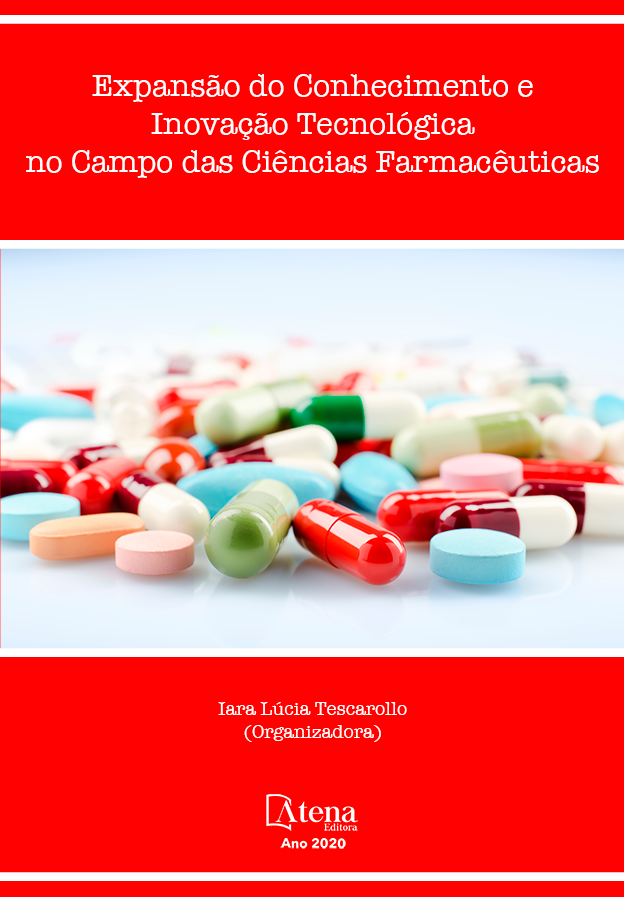
ANEMIA HEMOLÍTICA AUTOIMUNE: INTRODUÇÃO Á FORMAS DE APRESENTAÇÃO DA SÍNDROME E DIAGNÓSTICO IMUNO-HEMATOLÓGICO.
A anemia hemolítica autoimune (AHAI) é caracterizada pela destruição precoce de eritrócitos por autoanticorpos dirigidos contra antígenos presentes na superfície da hemácia diminuindo sua sobrevida de 120 dias, desencadeando sintomas clínicos de perda eritrocitária. A grande particularidade na fisiopatologia está ligada a reatividade térmica que autoanticorpos têm de se ligar e potencializar uma reação de lise celular por ativação do sistema complemento ou sistema reticuloendotelial, podendo ser secundária a desordens imunológicas linfoproliferativas, uso de medicamentos e frente a infecções virais e bacterianas. A AHAI pode ser classificada como WAHAI (anticorpos quentes) mediadas por IgG que reagem a 37°C e CAHAI (anticorpos frios) na grande maioria dos casos sendo mediada por IgM que reagem a 4°C. A hemólise só é confirmatória frente a resultados de testes imuno-hematológicos, onde se enfatiza a necessidade do conhecimento geral da síndrome e mecanismo de ação. O teste de antiglobulina direto (TAD) é um dos principais métodos utilizados para o diagnóstico, porém sua sensibilidade não é ilimitada. Os exames imuno-hematológicos dão suporte ao quadro suspeito e uma adequada terapêutica ao paciente. A utilização de outros meios confirmatórios como, a citometria de fluxo demonstra grande efetividade já que é capaz de quantificar Ig/GV, o teste Polybrene® utiliza de reações enzimáticas na presença de Ig, e em casos de CAHAI, o teste de Donalth-Landsteiner confirma a presença de hemolisina bifásica por reação de hemólise in vitro. O trabalho tem como objetivos trazer uma elucidação sobre as ferramentas laboratoriais atuais utilizadas para o diagnóstico da AHAI, o problema inicial da pesquisa engloba o conhecimento da fisiopatologia da anemia e seus conceitos aplicando-os em testes laboratoriais conforme solicitado pelo médico frente a suspeitas. Essa revisão de literatura foi realizada com bases em documentos científicos publicados em livros e revistas como Scielo e Pubmed, sem exclusão de idioma.
ANEMIA HEMOLÍTICA AUTOIMUNE: INTRODUÇÃO Á FORMAS DE APRESENTAÇÃO DA SÍNDROME E DIAGNÓSTICO IMUNO-HEMATOLÓGICO.
-
DOI: 10.22533/at.ed.0612021096
-
Palavras-chave: Anemia hemolítica autoimune; AHAI; anticorpo bifásico; Hemoglobinúria paroxística ao frio; Diagnóstico imuno-hematológico.
-
Keywords: Autoimmune hemolytic anemia; AIHA; Biphasic antibody; Paroxysmal cold hemoglobinuria; Immunohematological diagnosis.
-
Abstract:
: Autoimmune hemolytic anemia (AIHA) is characterized by the early destruction of erythrocytes by autoantibodies directed against antigens present on the surface of the erythrocyte, reducing their survival by 120 days, triggering clinical symptoms of erythrocyte loss. The peculiarity in pathophysiology is linked to the thermal reactivity that autoantibodies have to bind and potentiate a cellular lysis reaction by activation of the complement system or reticuloendothelial system, and may be secondary to immunological disorders, drug use and viral and bacterial infections. AIHA can be classified as WAIHA(warm antibodies) mediated by IgG that react at 37 ° C, CAIHA (cold antibodies) in the vast majority of cases being mediated by IgM that react at 4 ° C. Hemolysis is only confirmatory to the results of immunohematologic tests, which emphasizes the need for general knowledge of the syndrome and mechanism of action. The direct antiglobulin test (TAD) is one of the main methods used for the diagnosis, but its sensitivity is not unlimited. the immunohematologic exams support the suspected condition and in the future an adequate therapy without risk to the patient. However, there is still a need for cheaper tests with greater sensitivity to the type of reaction The use of other confirmatory means is never excused, flow cytometry demonstrates great effectiveness since it is able to quantify Ig/GV, the Polybrene® test uses enzymatic reactions in the presence of Ig, and in cases of CAIHA, the test Donalth-Landsteiner confirms the presence of biphasic hemolysin by in vitro hemolysis reaction.The present objectives involve na elucidation about the current laboratory tools used to diagnose AIHA and its pathophysiology, the initial problem of the research encompasses the knowledge of the pathophysiology of anemia and its concepts applied in laboratory tests as requested by the physician in the face of suspicions. This literature review was carried out on the basis of scientific documents published in books and magazines such as Scielo and Pubmed, without excluding the language.
-
Número de páginas: 18
- Rafaela da Silva Mendes
- João Leonardo Rodrigues Mendonça Dias
- Lucas Alves de Freitas
- Luana Guimarães da Silva
- Sergio de Mendonça
- Paulo Celso Pardi


